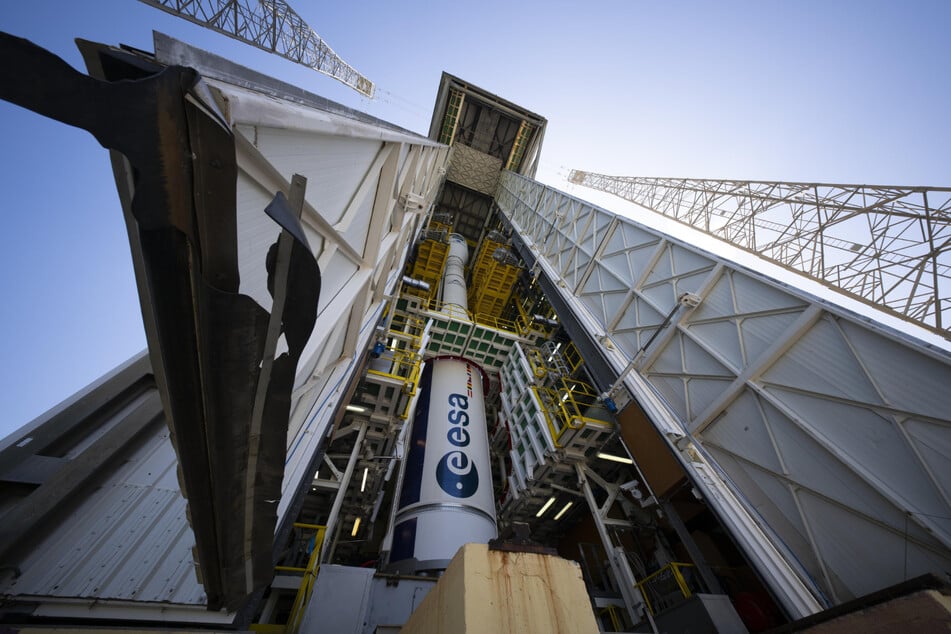Two years after launch failure: Vega-C rocket lifts off
Kourou - Almost two years after the failed launch of the European Vega C, a rocket of this type has taken off again for the first time. The rocket took off from the European spaceport in Kourou in French Guiana at around 10.20 p.m. German time. The launch is extremely important for the European Space Agency Esa in order to launch smaller satellites into space independently and thus strengthen Europe's access to space.

The Vega C is a further development of the Vega rocket, which launched lightweight satellites into space from 2012 until this fall.
According to Esa, the new rocket can transport around 800 kilograms more load, i.e. a total of more than two tons of payload into space. It is also cheaper and can place satellites in orbits at different altitudes.
It should make Europe's space travel more competitive. According to Esa CEO Josef Aschbacher, the Vega C covers exactly the area that Esa needs for a large number of missions. "This is really a need that we have not been able to meet in this way before."
The Vega C was actually launched more than two years ago. However, after a successful maiden flight in July 2022, the first commercial launch failed in December of the same year. The rocket veered off course a few minutes after its launch due to a technical problem with the Zefiro-40 engine. As a result, the flying object was destroyed and fell into the sea. All further planned launches to date have been canceled.
According to the investigation commission, there had been unexpected erosion on the lining of the thrust nozzle throat in the engine. The reason for this was probably that the material used was not homogeneous enough.
Vega-C rocket should take off again as early as 2023

While the rocket was originally scheduled to take off again in 2023, Esa and its partners, first and foremost the Italian prime contractor Avio, ultimately analyzed and tested the model for almost two years before it finally returned to the launch pad.
Avio admitted that the Ukrainian-made nozzle had not been tested often before the launch failure. The new nozzle comes from France.
The two-year failure of the Vega C was particularly unfortunate for Esa.
This is because the Ariane 6, which is intended to launch larger satellites into space, was not available for the first time until this July due to delays. The European launcher sector was therefore in crisis. In some cases, Esa switched to Falcon 9 rockets from Elon Musk 's (53) US company SpaceX for satellite launches.
On board the rocket is the Sentinel-1C satellite of the European Copernicus earth observation program. Aschbacher said: "We are really very confident that everything will go well today."
The launch had actually been scheduled for late Wednesday evening German time.
It was then postponed at short notice because the movable portal around the rocket could not be removed for the launch due to a technical problem, according to rocket operator Arianespace.